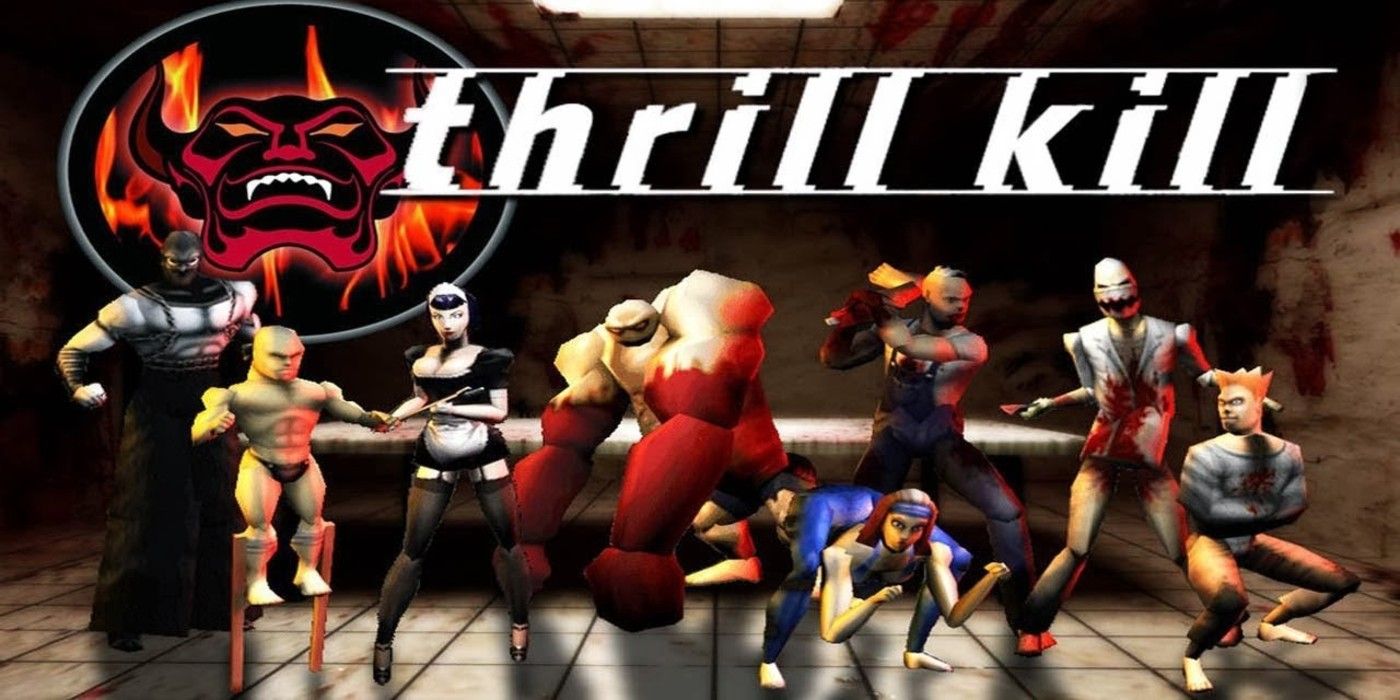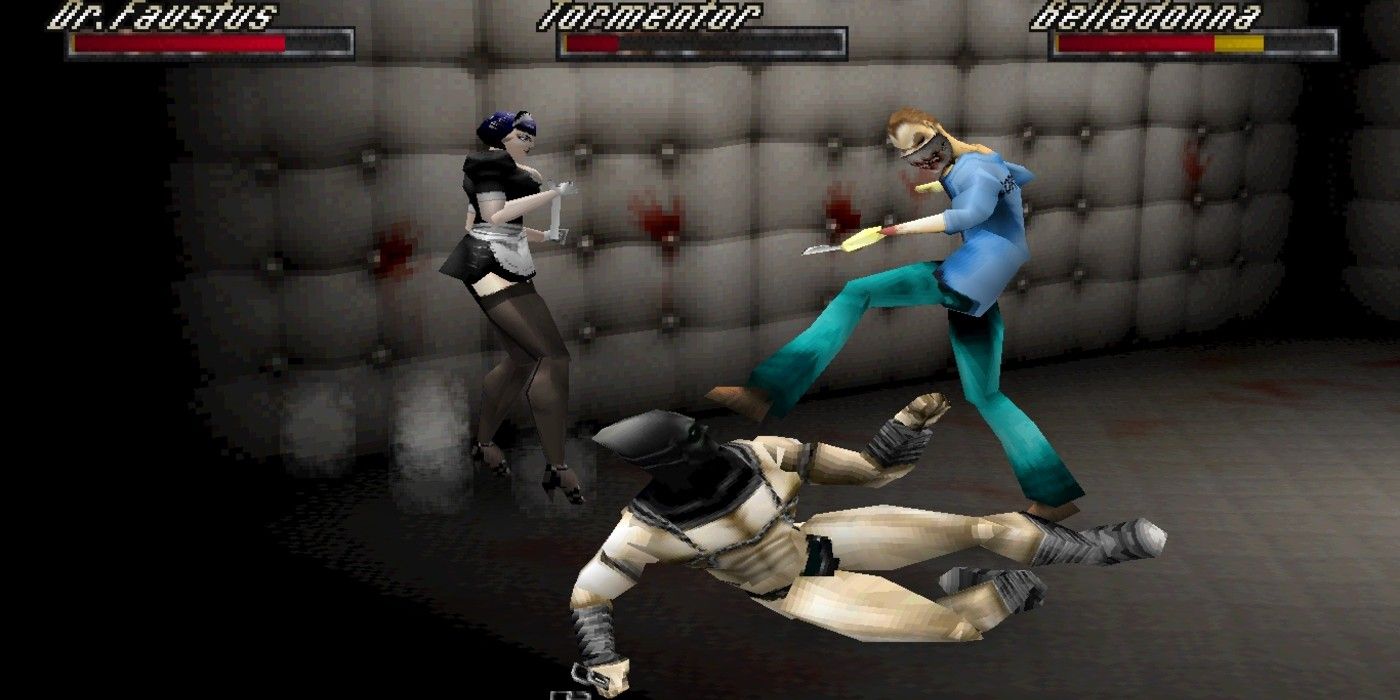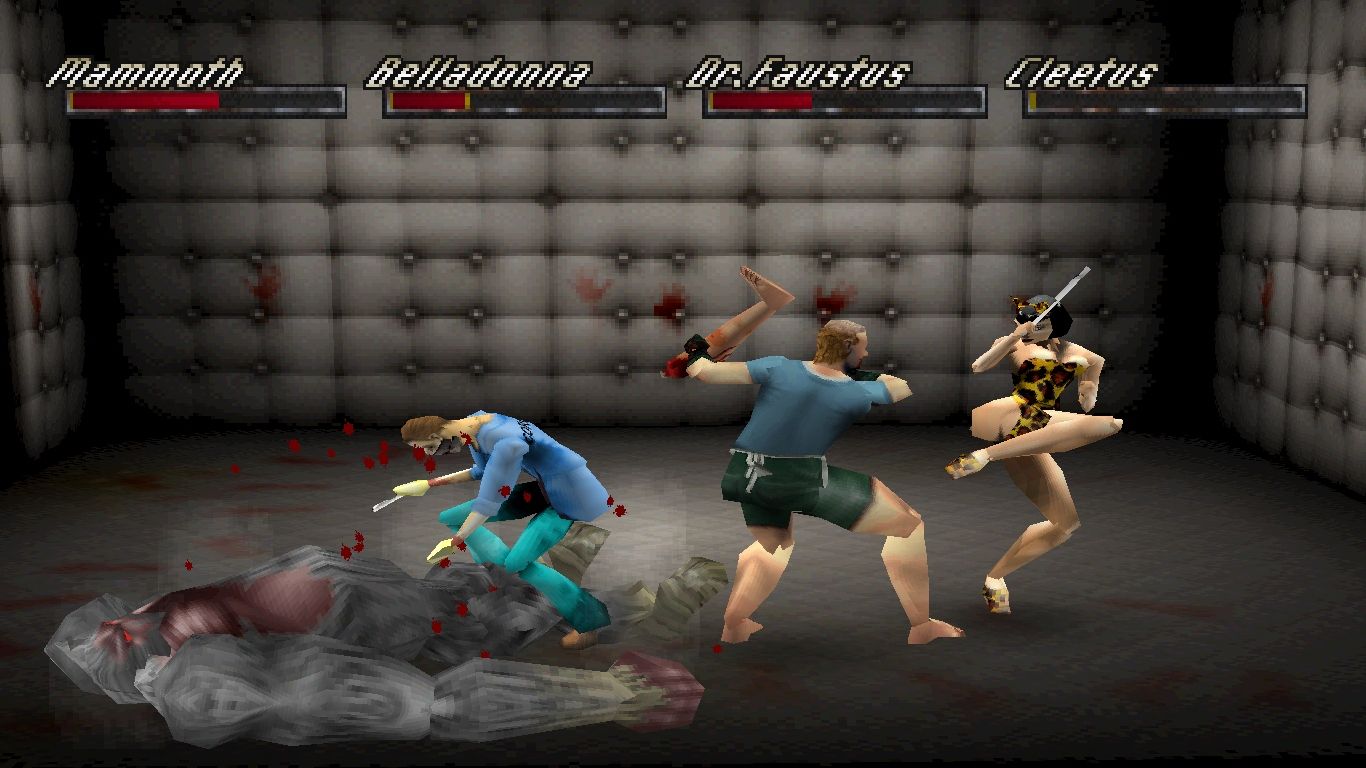Controversial video games are nothing new. Ever since the medium's creation, concerned parents and politicians have criticized video games for corrupting the youth in some form or fashion. Games like Mortal Kombat and Night Trap found themselves in the middle of highly publicized legal battles due to their graphic content. Although these games received restrictive ratings and spawned the formation of the ESRB, they weren't taken off the market. However, one game, the infamous Thrill Kill, was so graphic that equally infamous publisher EA prohibited its release.
Thrill Kill is one of those games that did everything it could to shock audiences. It had excessive blood, violence, sexual themes and even cannibalism. The game wanted to take advantage of the hype surrounding the Mortal Kombat controversy and the violent video game hysteria that swept through the nation during the early to mid-1990s.
The unreleased fighting game follows a handful of demented characters who have been vanquished to hell and must fight in a grizzly tournament for a chance to be reincarnated on Earth. Each character represents a vice or mental illness such as lust, psychotic behavior or gluttony. Players must perform gory finishing moves called “thrill kills” to move onto the next stage. The thrill kills are very similar to the fatalities in Mortal Kombat but fail to give players the same frenzied satisfaction.
Originally, Thrill Kill's creators wanted the game to be the first AO rated title in video game history. They did everything they could to push the limits of video game censorship. Characters dressed in risqué outfits, thrill kills were as violent and bloody as possible, and lewd content became commonplace. After realizing most retail stores refused to carry AO rated games, Thrill Kill’s development team dimmed down the game's more controversial elements.
Virgin Interactive planned on publishing the game in 1998 but ended up dissolving into EA after Electronic Arts purchased Westwood Studios, a developer Virgin Interactive owned at the time. After seeing Thrill Kill's graphic content for the first time, EA immediately canceled the project despite it being a finished product. EA thought Thrill Kill would tarnish its image and didn't want to deal with the immense backlash the game was destined to receive.
Honestly, Thrill Kill isn't nearly as shocking as people made it out to be. The fatalities in Mortal Kombat are much more graphic and realistic than any finishing move in Thrill Kill. The sexual content is a bit outdated and somewhat offensive, but it isn't anything that hasn't been seen before. Leisure Suit Larry tackled controversial sexual themes years before Thrill Kill began development. It could be the way Thrill Kill portrayed its suggestive themes that sent naysayers into a frenzy. It has a very dark tone that can make the game a bit uncomfortable at times. Nevertheless, Thrill Kill built up a sizeable reputation that continues to follow it to this day.



